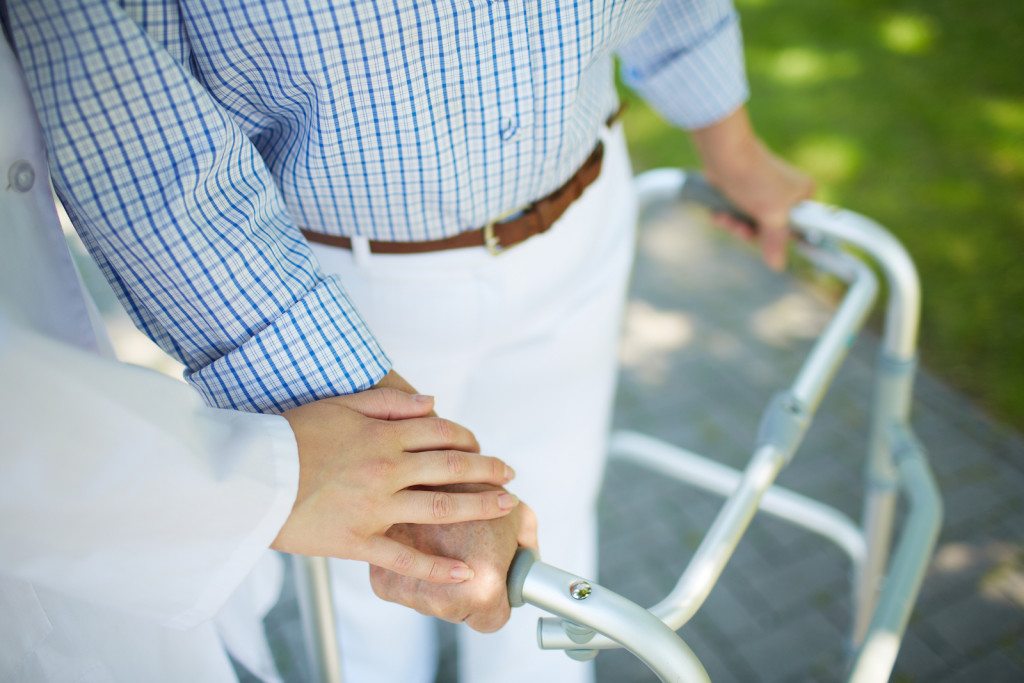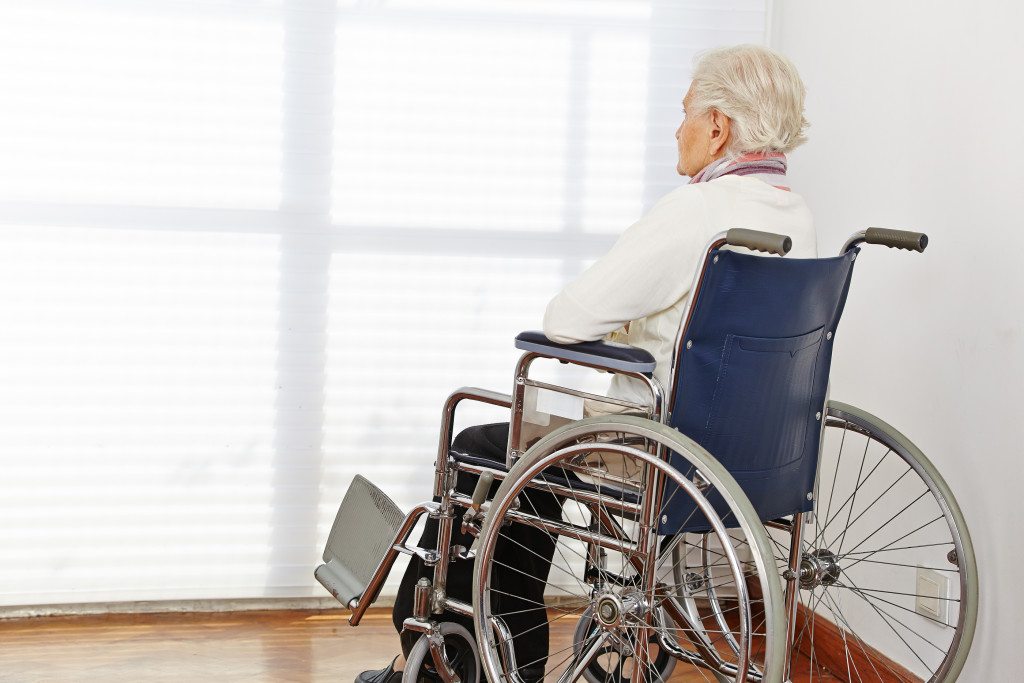Most people think of nursing home abuse as physical violence, like hitting or kicking. However, abuse often takes the form of intentional neglect, where residents are deprived of basic care and sanitation. Neglect can also occur due to issues like understaffing or inadequate training of personnel. Regardless of whether nursing home neglect is intentional or accidental, a common outcome is the development of raw, painful sores known as pressure ulcers, decubitis ulcers, or bedsores. Bedsores are a serious health issue in the elderly, because they can rapidly lead to infections like cellulitis or osteomyelitis. However, what many people don’t realize is that, in rare cases, bedsores can even develop into an aggressive form of skin cancer – but PA nursing home lawyers know this only too well.
First, let’s back up and explain what causes bedsores to develop.
When a nursing home resident is bedbound (or spends much of their time confined to a bed), their skin is always pressed against the mattress and linens beneath. Pressure on skin and underlying tissue is fine for short periods of time – otherwise, we wouldn’t be able to sleep at night – but when it continues uninterrupted for weeks or months, the tissue is gradually deprived of an adequate blood supply, eventually causing weeping, painful sores to erupt. Nursing home bedsores are normally avoidable with basic preventative measures, like making sure that residents are periodically repositioned and regularly receive fresh bed sheets.

The good news is that bedsores are treatable, especially when still in the early stages. However, when bedsores are not managed properly, and are permitted to progress to a point where they form chronic, non-healing wounds, there is a small risk that they will undergo a process called “malignant transformation,” in which formerly non-cancerous cells begin to divide uncontrollably.
Various types of wounds, infections, and benign tumors can undergo malignant transformation, including osteochondroma (benign bone tumors), lipoma (benign soft-tissue tumors), burn injuries, snake bites, and even tapeworm infections. When malignant transformation occurs in bedsores, the resulting injuries are called “Marjolin’s ulcers.”
The longer a bedsore goes untreated, the greater the risk of malignant transformation into Marjolin’s ulcers becomes, as a nursing home lawyer in Philadelphia, PA knows well. A 2011 study published in the Journal of the American College of Certified Wound Specialists noted that, while the specific causes of Marjolin’s ulcers are unknown, “Patients with depressed immune systems” – such as the elderly – “may be more susceptible to a malignant transformation.”
Marjolin’s ulcers can develop into several different forms of cancer, including basal cell carcinoma and melanoma (skin cancers), fibrosarcoma (cancer of fibrous connective tissue), and angiosarcoma (cancer of the blood cell lining). However, squamous cell carcinoma is by far the most common outcome, accounting for as many as 71% of Marjolin’s ulcer cases according to a recent study published in WOUNDS medical journal.
Unfortunately, the same study notes that Marjolin’s ulcers, while accounting for only a small percentage of all skin cancer cases, are usually “more aggressive than other forms of skin cancer.” However, as with any cancer, early detection and intervention can improve the patient’s prognosis. The course of treatment is usually either a local excision of the tissue or full amputation of the affected limb. The Certified Wound Specialists study reported five-year survival rates of 69% for patients who underwent amputation, and 60% for patients who underwent a local excision, with an overall 10-year survival rate of 34%.
The chance of developing Marjolin’s ulcers from pressure ulcers is small, with one French study finding that about 10% of chronic leg ulcers developed into skin cancer. (Other types of injuries may have much lower rates of malignant transformation: for example, just 0.77% to 2% for burns.) Furthermore, “chronic” cases can take decades to develop, with only “acute” cases leading to the development of cancer within one year. However, due to the extremely serious complications which can rapidly result from an acute case, it’s a risk all bedsore victims’ family members should be made aware of.

If you’re concerned that your parent or grandparent may have developed bedsores due to nursing home neglect or abuse, it is critically important to have them removed from the unsafe environment as soon as possible. You should also talk to an experienced personal injury lawyer from a PA nursing home law firm. Your mom or dad could be entitled to compensation for the pain, suffering, medical bills, and other hardships caused by the abuse. To set up a free, friendly, and completely confidential legal consultation today, call nursing home abuse lawyer in Philadelphia, PA Brent Wieand at (888) 789-3161.
***Disclaimer: This article is for informational purposes. It is not legal advice and should not be used as legal advice. Brent serves clients throughout Pennsylvania and New Jersey.***